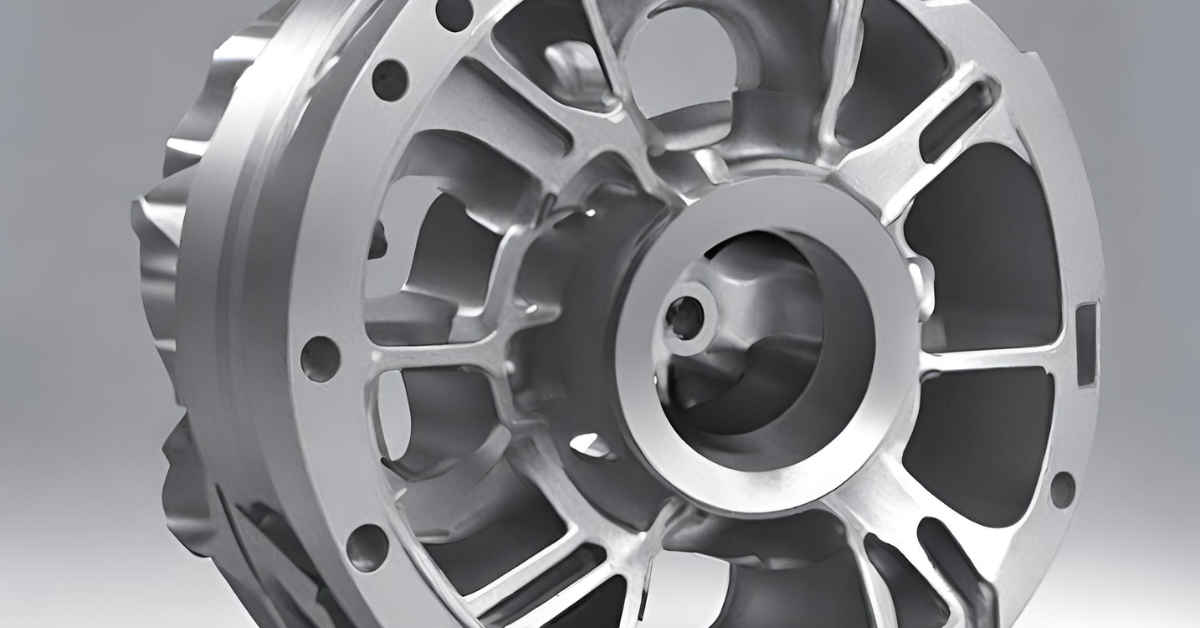Introduction
Efficiency is crucial in the industrial industry. The ability to generate high-quality goods in a timely and economical manner is essential to the success of any business. This is where the die cast process and Design for Manufacturability (DFM) tooling come into play. Manufacturers can enhance their production capabilities, reduce costs, and improve overall product quality by employing the best die cast process and utilizing DFM tooling. This article delves into the intricacies of die casting and DFM tooling, highlighting their importance and benefits in modern manufacturing.
The Die Cast Process: A Brief Overview
The die cast process is a highly efficient manufacturing technique that involves injecting molten metal into a mold cavity under high pressure. This process allows for the creating of complex and intricate parts with exceptional dimensional accuracy and surface finish. Die casting is widely utilized in many industries, including consumer goods, automotive, aerospace, and electronics, because of its many benefits.
Advantages of the Die Cast Process
- High production rates: Die casting enables manufacturers to produce large parts within short timeframes, making it ideal for mass production.
- Design flexibility: The die cast process allows for intricate and complex part designs that would be challenging to achieve through other manufacturing methods.
- Consistency and repeatability: Die casting ensures consistent part quality and dimensional accuracy, reducing the need for post-production modifications.
- Cost-effective: By eliminating the need for secondary operations, die casting minimizes production costs and reduces manufacturing time.
- Material variety: Die casting allows manufacturers to choose from various materials, such as magnesium, zinc, and aluminum, giving them flexibility in the process.
Design for Manufacturability (DFM) Tooling: Enhancing the Die Cast Process
DFM tooling is vital in optimizing the die cast process by ensuring that parts are designed with manufacturability in mind. Manufacturers can expedite production, save costs, and enhance item quality by considering manufacturing restrictions early in the design process.
Benefits of DFM Tooling
- Improving part quality: DFM tooling allows designers to identify potential manufacturing issues, such as thin walls or sharp corners, and make necessary modifications to enhance part quality.
- Reducing production costs: By minimizing complex features or unnecessary part details, DFM tooling helps optimize the die cast process, resulting in cost savings.
- Enhancing efficiency: DFM tooling enables manufacturers to identify potential production bottlenecks and make adjustments to streamline manufacturing.
- Minimizing material waste: DFM tooling helps reduce material waste by optimizing part designs, leading to cost savings and environmental benefits.
- Faster time to market: By designing parts with manufacturability in mind, DFM tooling helps accelerate the product development cycle, allowing for faster time to market.
Best Practices for Implementing the Die Cast Process and DFM Tooling
Manufacturers should follow best practices when implementing these techniques to fully harness the benefits of the die cast process and DFM tooling.
Collaborative Design Approach
Effective communication and collaboration between design engineers and manufacturing experts are crucial for successfully implementing the die cast process and DFM tooling. Involving manufacturing input early in the design phase can identify and resolve potential issues, improving part quality and manufacturability.
Material Selection
Choosing the right material for die casting is essential for achieving optimal part performance and cost-effectiveness. Manufacturers should consider mechanical properties, corrosion resistance, and availability when selecting the appropriate material for their specific application.
Mold Design and Maintenance
Proper mold design and regular maintenance are critical for ensuring consistent part quality and extending the lifespan of the mold. Factors such as gate location, cooling system design, and mold material selection should be carefully considered to minimize defects and maximize mold longevity.
Continuous Improvement
Manufacturers should continually adopt a continuous improvement mindset to refine their die cast process and DFM tooling techniques. Regular evaluation and analysis of production data, customer feedback, and industry advancements can help identify areas for improvement and drive innovation.
Conclusion
The die cast process and DFM tooling allow manufacturers to enhance manufacturing efficiency, reduce costs, and improve overall part quality. Manufacturers can optimize their production capabilities by implementing the best die cast process and utilizing DFM tooling techniques and gain a competitive edge in the market. If manufacturers want to stay ahead of the constantly changing industrial landscape, they must adopt these strategies, adhere to best practices, and always seek improvement.










